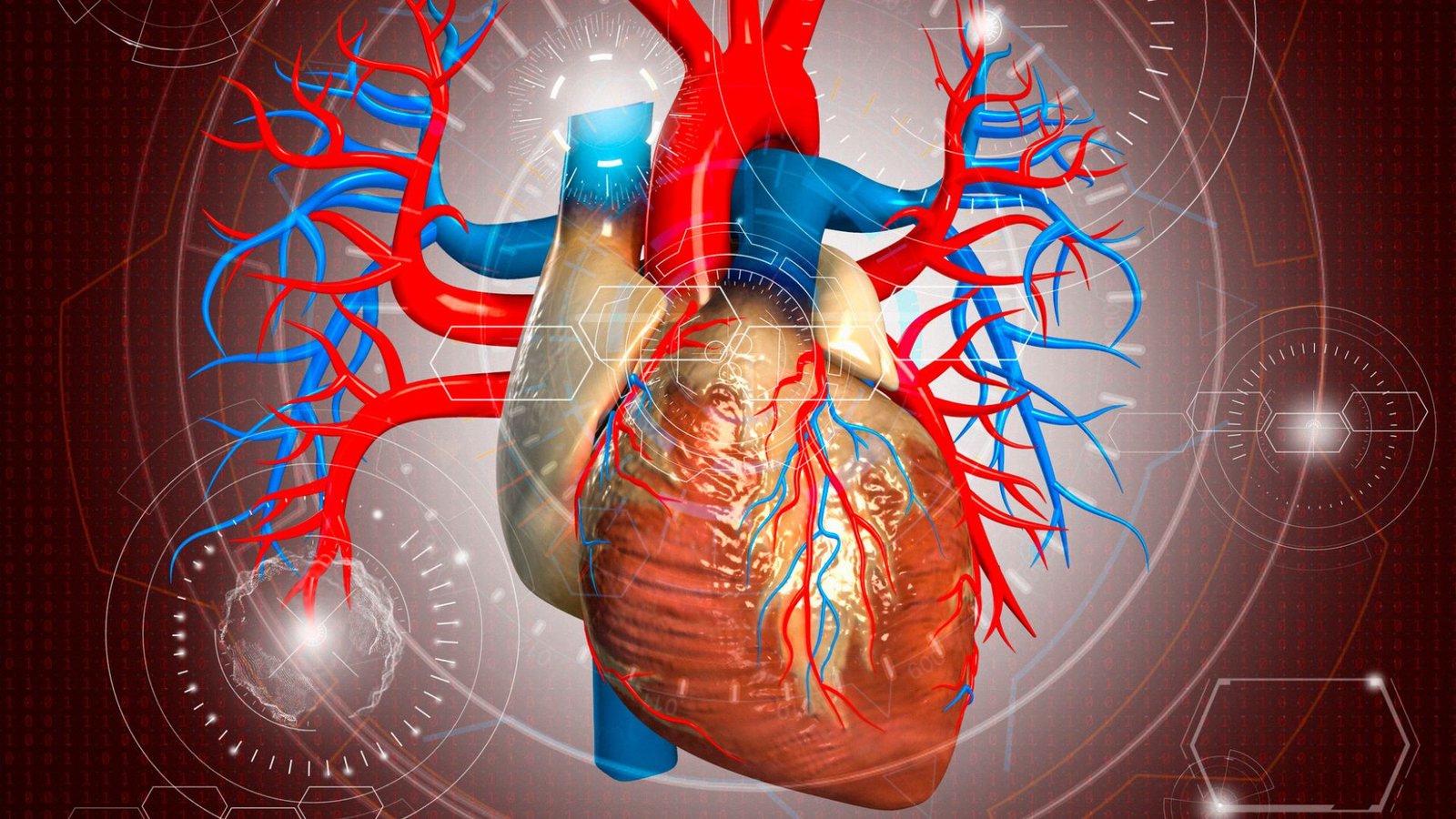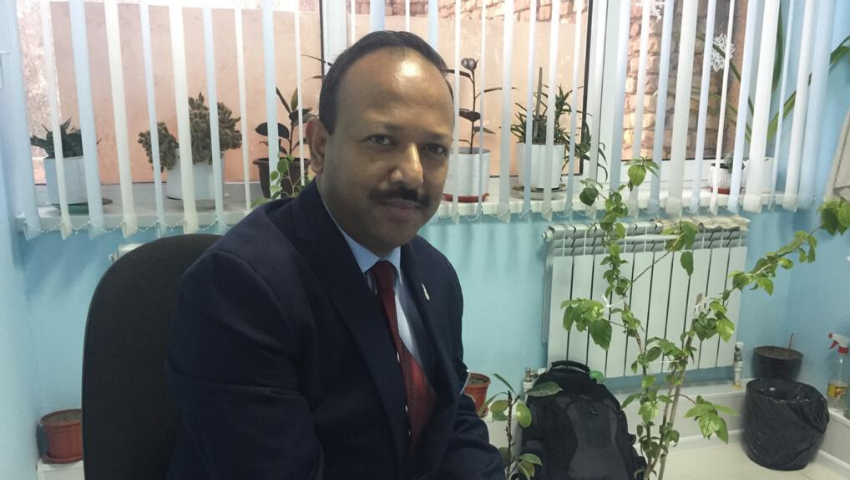
Recovery After Cardiothoracic Surgery: What to Expect
Cardiothoracic surgery, a field dedicated to treating diseases and conditions of the heart, lungs, and other thoracic organs, is often a lifeline for patients facing critical health issues. This specialized branch of surgery has made incredible strides over the years, allowing patients to overcome cardiac and respiratory ailments that were once considered untreatable. While the surgical procedures themselves are a crucial component of a patient’s journey to health, the recovery phase is equally important. In this article, we will explore what to expect during the recovery period after cardiothoracic surgery.
The Importance of a Post-Surgical Recovery Plan
Recovery after cardiothoracic surgery is a carefully orchestrated process that begins in the operating room and continues in the days, weeks, and months that follow. Understanding what to expect during this phase can alleviate anxiety and help patients and their families prepare for the challenges ahead.
Immediate Post-Surgery
In the immediate aftermath of cardiothoracic surgery, patients are transferred to the cardiac or intensive care unit (ICU) for close monitoring. The length of time spent in the ICU can vary depending on the type of surgery and the patient’s overall condition. Patients are usually attached to various monitors to track their heart rate, blood pressure, and oxygen levels. Ventilators may be used to support breathing until the patient can do so independently. Pain management is a priority during this phase, and patients are often given medication to ensure their comfort.
Recovery Milestones
While every patient’s recovery journey is unique, there are some common milestones that most individuals can expect as they progress through the recovery process:
- Extubation and Breathing Independently: One of the first significant milestones is the removal of the breathing tube (extubation). This typically occurs once the patient is stable and can breathe independently. It’s a momentous step toward recovery.
- Mobility: Initially, patients may have limited mobility, but as they regain strength, they will be encouraged to get out of bed and start moving. Physical therapists may be involved to help patients regain strength and mobility.
- Pain Management: Pain is a common concern after surgery. Healthcare providers will work closely with patients to manage pain through a combination of medications and other strategies to ensure comfort.
- Diet and Nutrition: Nutrition plays a critical role in recovery. Patients may start with clear liquids and gradually progress to regular meals, depending on their condition and tolerance.
- Wound Care: Monitoring and caring for the surgical incisions is essential to prevent infection and promote healing. Patients are often taught how to care for their incisions or may have home healthcare support.
- Medication Management: Many patients will require medications after surgery, such as blood thinners, anti-arrhythmics, or medications for blood pressure. Complying with the prescribed medication regimen is vital for a successful recovery.
- Cardiac Rehabilitation: For many cardiothoracic surgery patients, cardiac rehabilitation is a crucial part of recovery. It involves structured exercise programs and education to promote cardiovascular health.
- Follow-up Appointments: Patients will have a series of follow-up appointments with their surgeon and healthcare team to monitor progress and address any concerns.
Emotional and Psychological Aspects of Recovery
Recovery after cardiothoracic surgery is not only physical but also emotional. Patients may experience a range of emotions, including anxiety, fear, and even depression. It’s important to acknowledge these feelings and seek support when needed. Healthcare providers often have resources available to help patients and their families cope with the emotional challenges of recovery.
Challenges and Complications
While the majority of patients experience successful recoveries, it’s important to be aware of potential challenges and complications that can arise:
- Infection: Surgical site infections can occur and may require additional treatment, such as antibiotics or wound care.
- Pulmonary Complications: Lung infections, pneumonia, or atelectasis (collapse of a portion of the lung) can develop, particularly if a patient has difficulty expanding their lungs fully.
- Cardiac Complications: Arrhythmias (irregular heart rhythms) or other cardiac issues can arise after surgery and may require further treatment.
- Blood Clots: Post-surgery immobility can increase the risk of blood clots, which may require anticoagulant therapy.
- Psychological Issues: Anxiety, depression, or post-traumatic stress disorder (PTSD) can affect some patients, and mental health support is crucial.
- Scar Tissue: Excessive scar tissue at the surgical site can sometimes lead to complications and may require further intervention.
- Delayed Recovery: Not all patients recover at the same rate. Some individuals may face longer, more complex recoveries than others.
It’s essential for patients and their families to maintain open communication with their healthcare providers and promptly report any concerning symptoms or complications.
Support Systems and Resources
Recovery after cardiothoracic surgery is a team effort. Patients benefit from a strong support system of family and friends. It’s also helpful to connect with support groups or online communities of individuals who have undergone similar procedures. Sharing experiences and tips can be incredibly reassuring.
Furthermore, many hospitals and healthcare institutions offer comprehensive resources for patients and families. These resources may include access to cardiac rehabilitation programs, nutritional guidance, and mental health support.
Conclusion
Recovery after cardiothoracic surgery is a journey that encompasses physical, emotional, and psychological aspects. While it comes with challenges and potential complications, understanding what to expect during the recovery process can help patients and their families better prepare for the road ahead. With the support of healthcare professionals and a strong support network, individuals can navigate their recovery and move towards improved heart and lung health. It’s a testament to the remarkable advancements in cardiothoracic surgery that have made life-saving transformations possible for countless patients.




